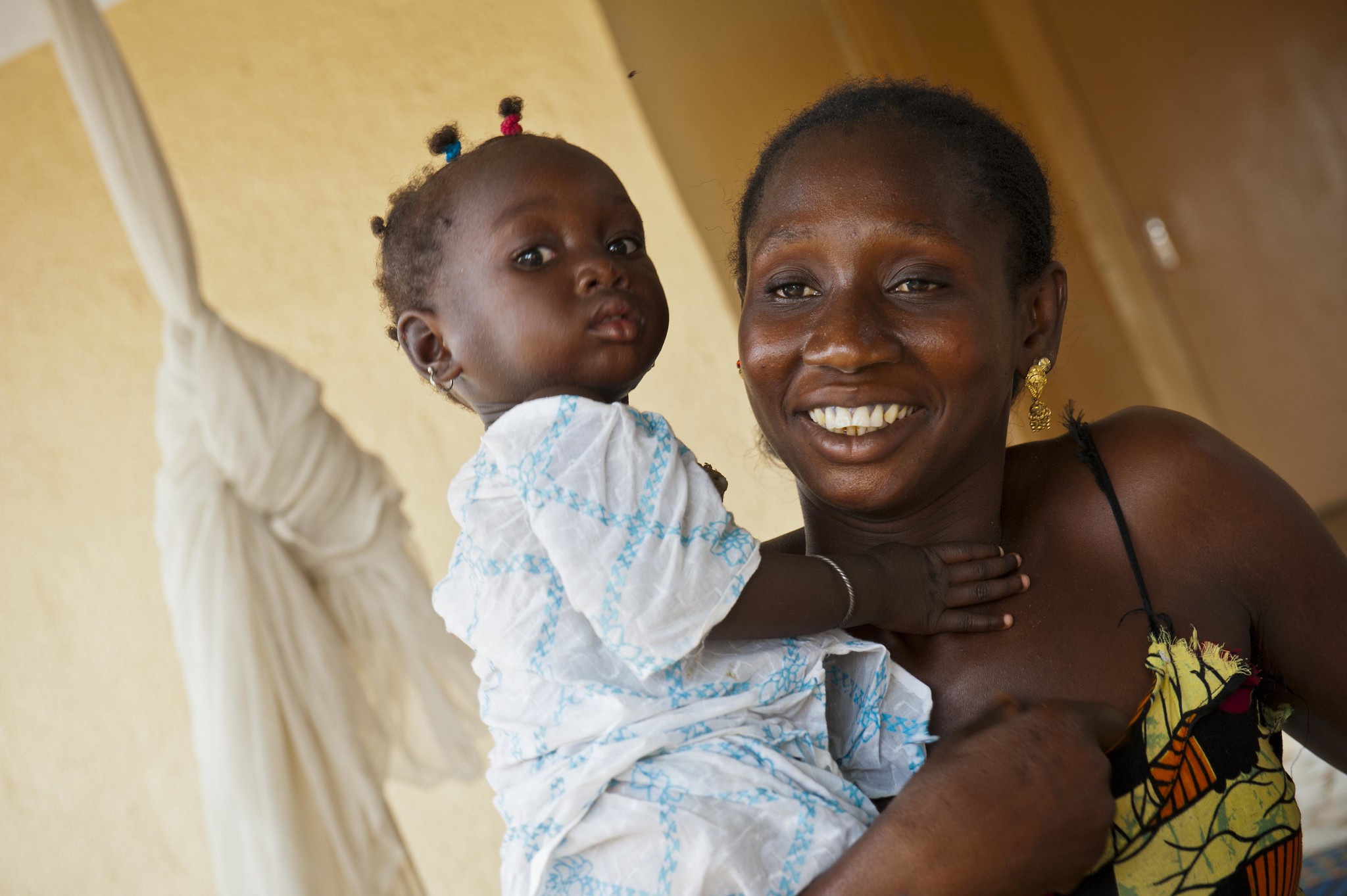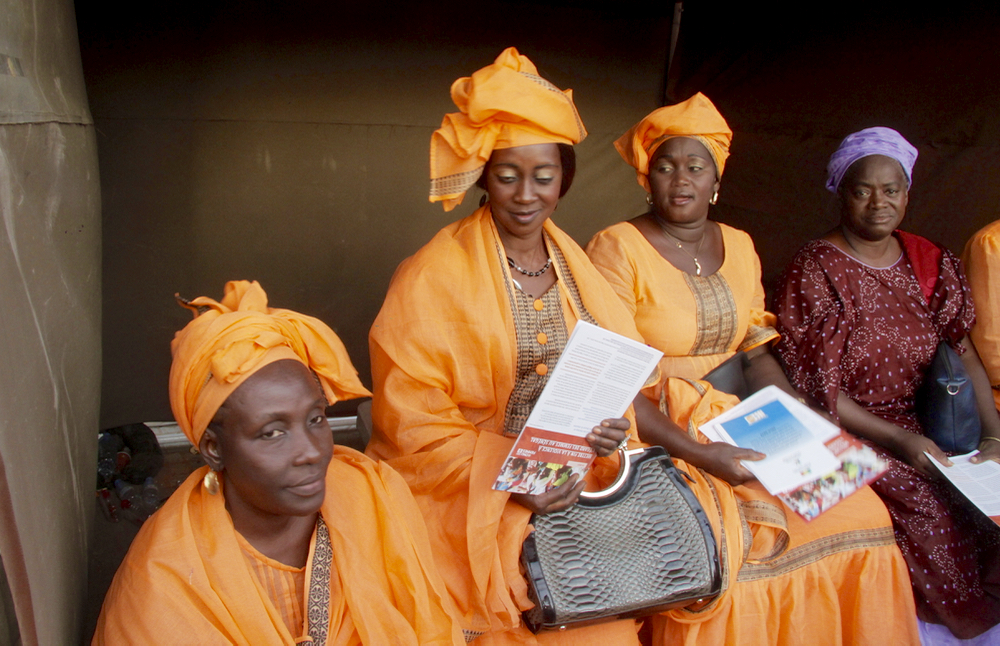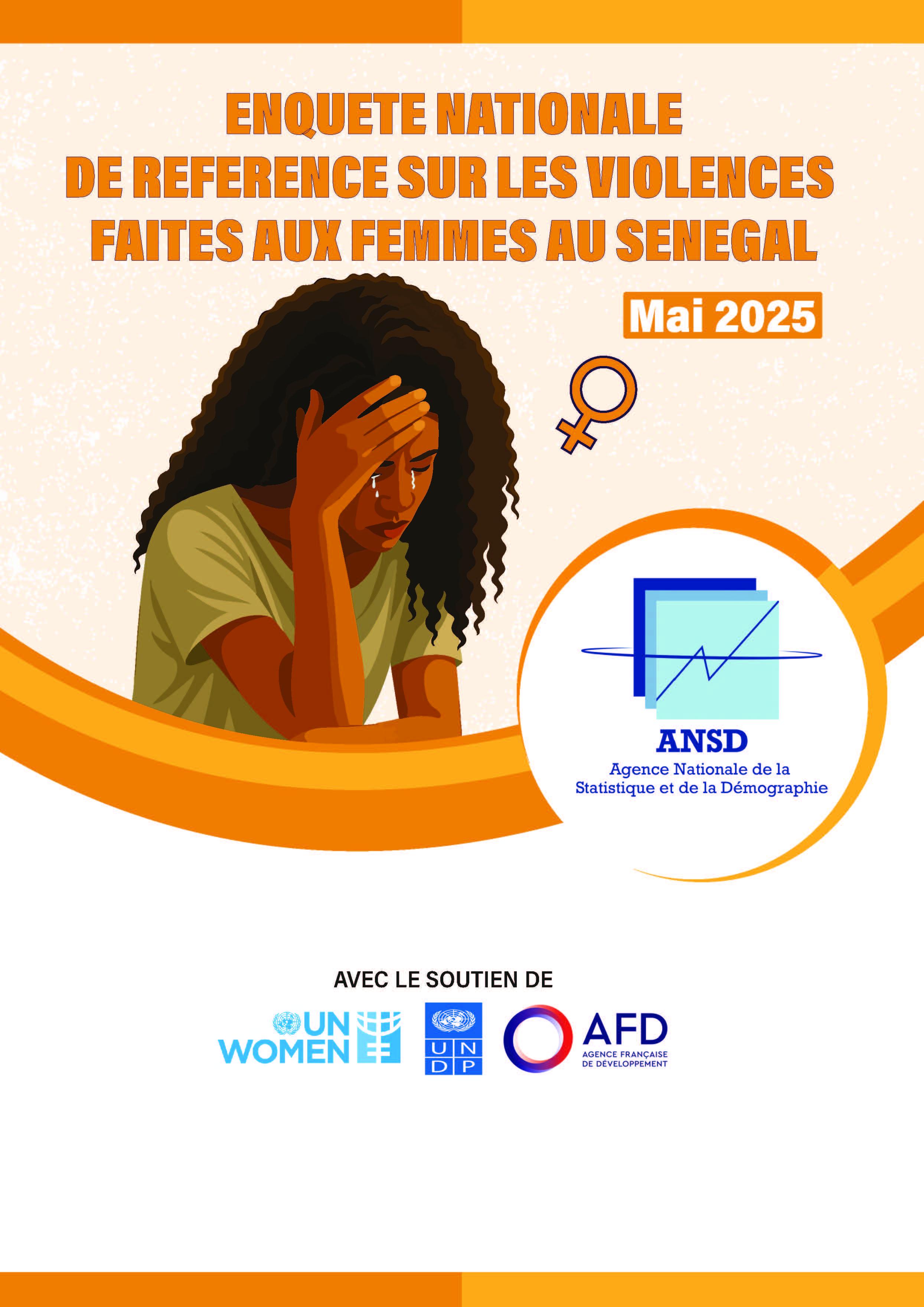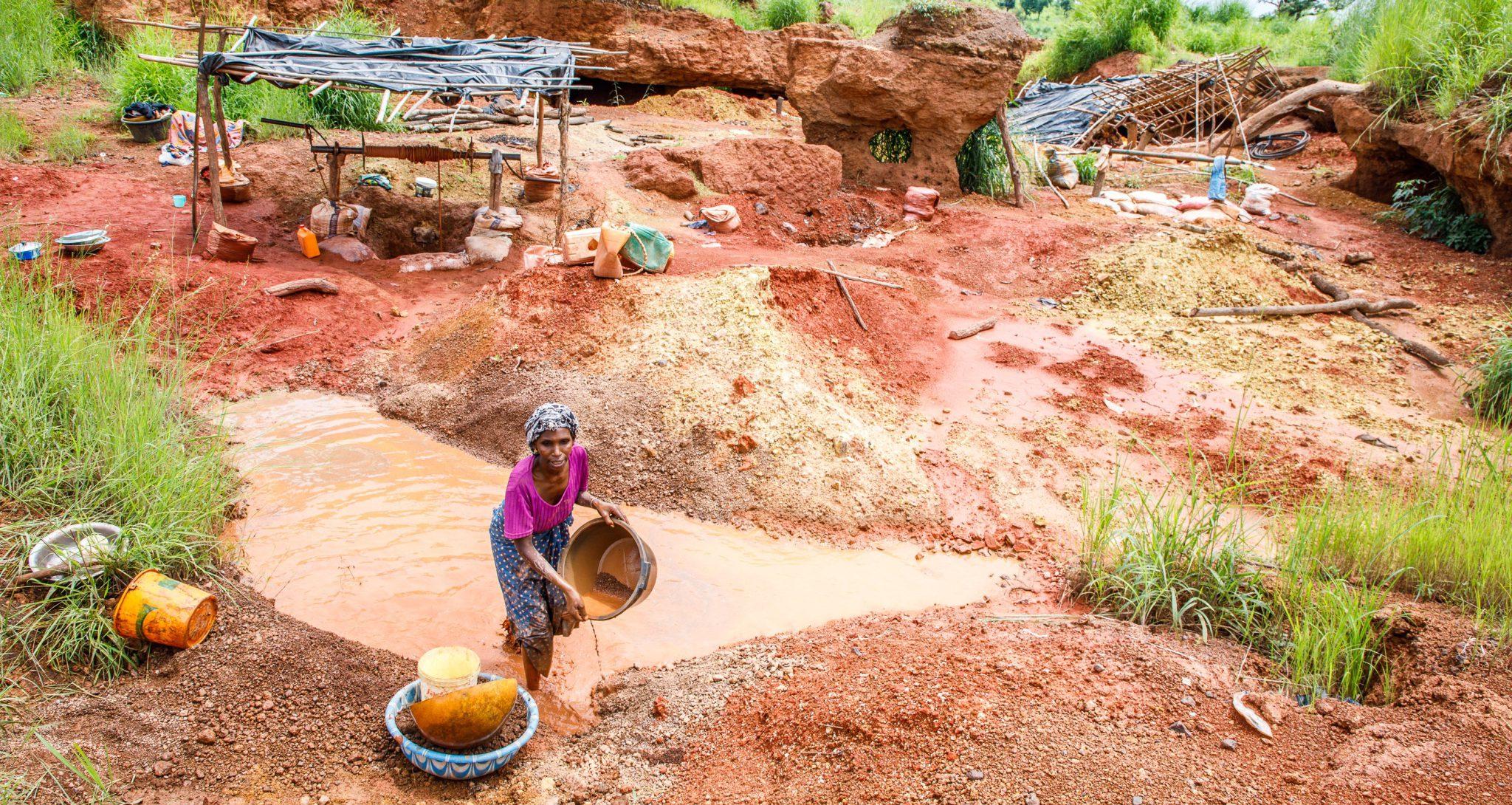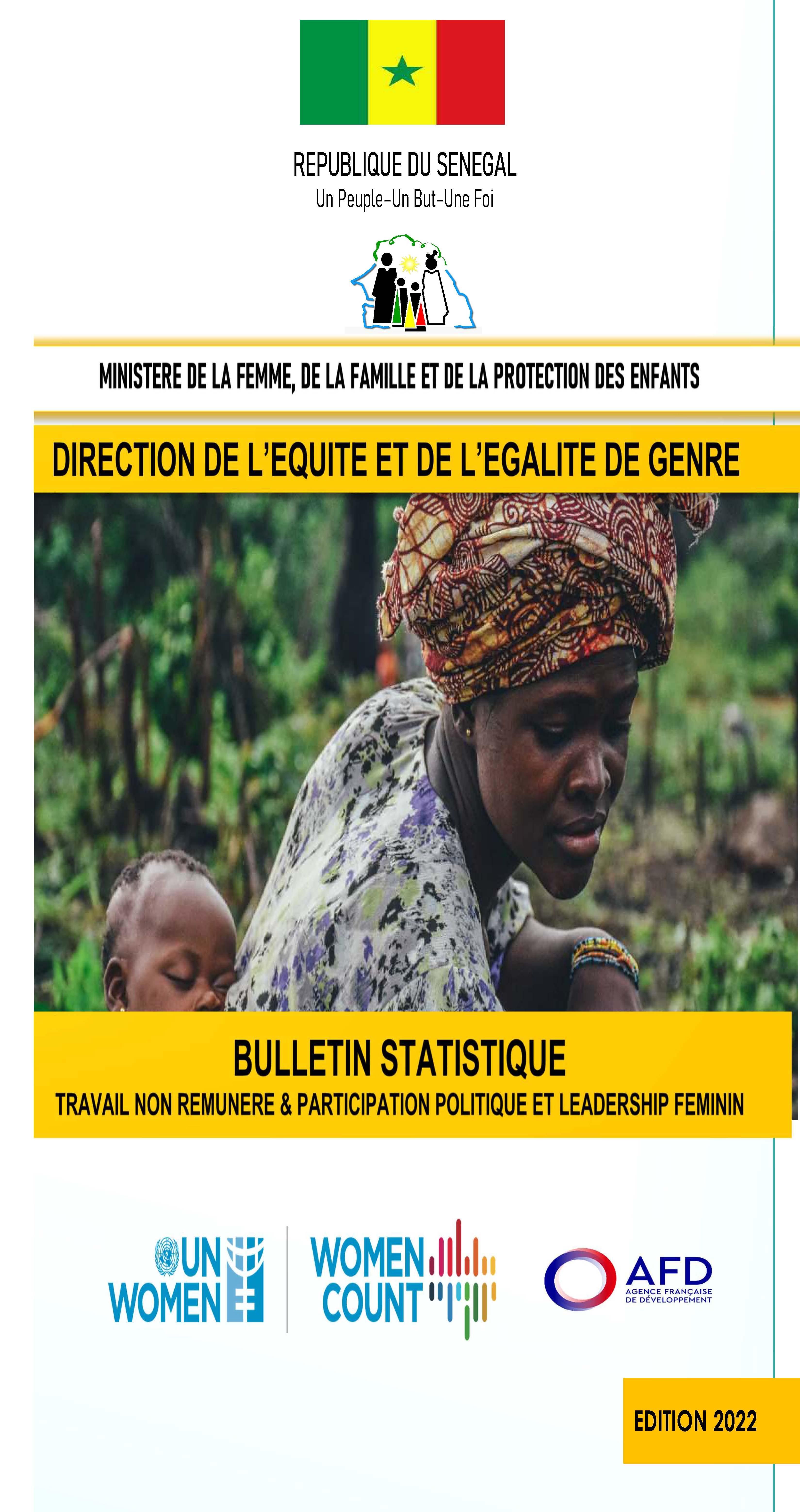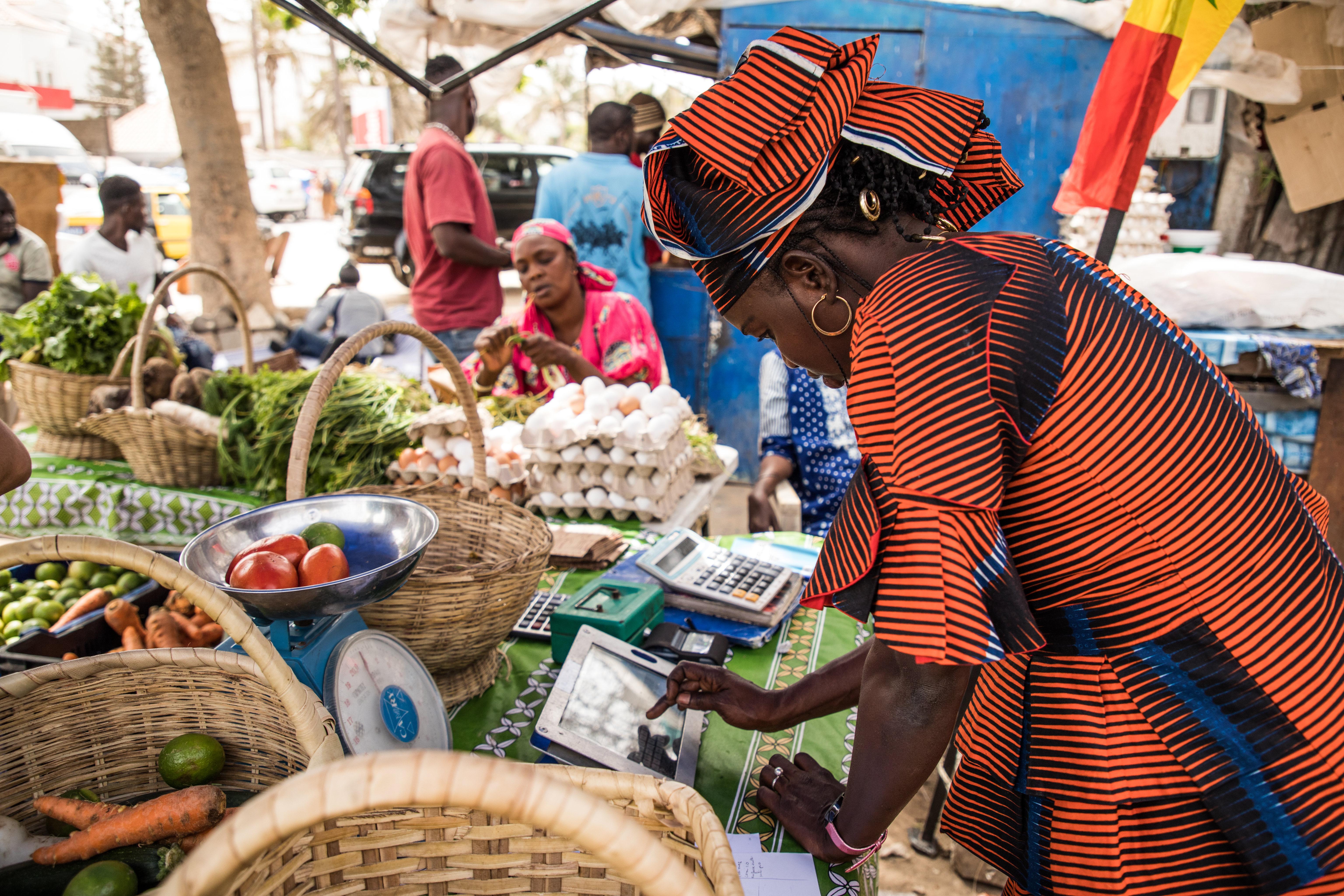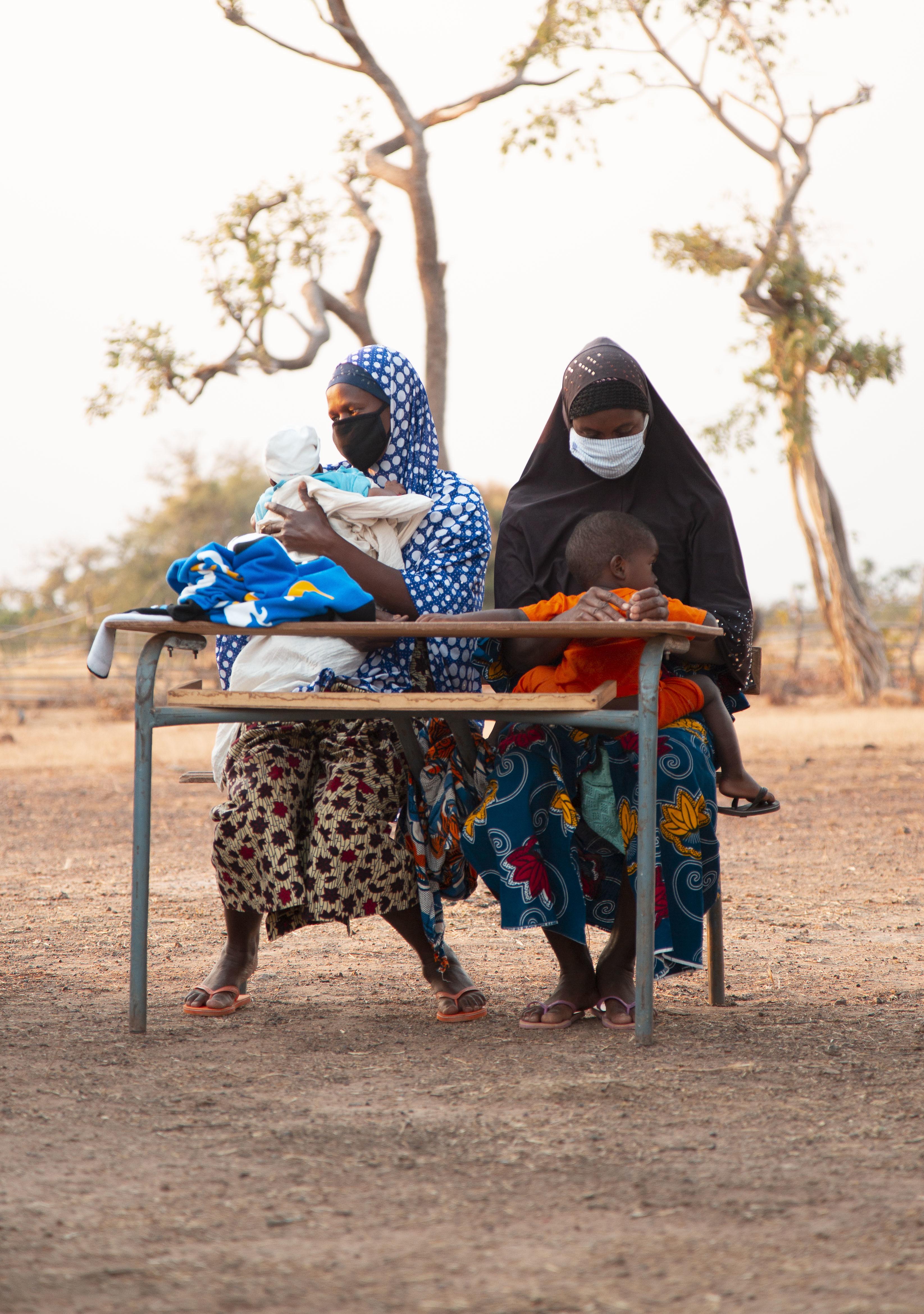
The challenges
There is no dedicated budget for gender statistics in Senegal and no component of the National Statistical System (NSS) has a specific entity in charge of gender statistics. Although all NSS structures have a gender focal point or specialist, this is often a single staff member reporting to the Head of that entity. There is also a need to standardize methodologies, definitions and objectives among institutions to facilitate the exchange and international comparison of data and concepts.
The Women Count response includes
Assessing and improving legislative and legal acts to take into account gender statistics;
Advocating for gender to be integrated in the upcoming third National Statistical Development Strategy (2019-2023) and for a monitoring mechanism to evaluate this mainstreaming;
Inventorying available data, existing data sources and gaps in gender data production and storage to inform SDG monitoring, and assessing the capacity of the NSS for producing and sharing gender data; and
Establishing and strengthening multi-stakeholder committees for the production, compilation and dissemination of gender statistics within the NSS, at national and subnational level.

